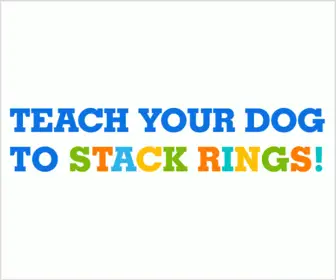Efficient Dog Grooming Techniques: A Guide for Pet Owners
Introduction
Grooming is an essential part of pet care that not only helps in keeping your dog clean and healthy but also strengthens the bond between you and your pet. Whether it’s a quick nail trim or a full bath, mastering efficient dog grooming techniques can save you time and make the experience enjoyable for both you and your dog. In this comprehensive guide, we’ll explore some of the best practices in dog grooming, covering everything from the basics to more advanced tips, ensuring your furry friend looks and feels great.
Hair Brushing Essentials
Choosing the Right Brush
Different breeds require different types of brushes. For short-haired dogs, a bristle brush works well, while long-haired breeds may require a slicker brush or a dematting tool to prevent and remove tangles. Regular brushing helps distribute natural oils, promoting a healthy, shiny coat.
Frequency of Brushing
The frequency of brushing depends on your dog’s coat type. Daily brushing might be necessary for long-haired breeds, while a weekly session suffices for short-haired breeds. Consistent grooming routines can prevent matting and reduce shedding.
Bathing Your Dog
Preparing for the Bath
Organizing all necessary supplies beforehand makes the process smoother. Essentials include dog shampoo, a towel, and a non-slip mat. Placing cotton balls in your dog’s ears can prevent water from entering and causing discomfort or infections.
Bathing Techniques
Use lukewarm water and a dog-specific shampoo to address your dog’s skin and fur needs. Start from the neck and work your way down, being careful to avoid the eyes and inner ears. Gentle massage during the bath can help make the experience relaxing for your pet.
Nail Trimming
Tools for Trimming
A good pair of dog nail clippers or a grinder tailored for pets is crucial for this task. Each tool has its benefits, and choosing the right one depends on your dog’s size and your comfort level.
How to Trim Your Dog’s Nails
Hold your dog’s paw firmly but gently. Cut the nails at a 45-degree angle, being careful to avoid the quick, which is a blood vessel inside the nail. If unsure, trim little by little, as cutting too much can cause bleeding and pain.
Ear Care
Regular Checks
Regular examination of your dog’s ears is vital for spotting signs of infections or parasites early on. Look for redness, swelling, or discharge.
Cleaning Techniques
Using a vet-approved ear cleaner, apply the solution to the ear and gently massage the base. Allow your dog to shake its head to assist in removing the debris, and then wipe away any excess cleaner with a soft cloth.
Teeth Cleaning
Importance of Dental Hygiene
Dental health in dogs is often overlooked but is crucial for preventing oral diseases and bad breath. Regular teeth cleaning can also reduce the risk of serious health complications related to dental issues.
Teeth Cleaning Techniques
Use a dog-specific toothbrush and toothpaste. Gently brush the teeth in a circular motion, focusing on the gum line. Daily brushing is ideal, but even a few times a week can make a significant difference.
Addressing Common Questions
How often should I groom my dog?
The grooming frequency depends on your dog’s breed, coat type, and lifestyle. However, a regular schedule is recommended to maintain good hygiene and health.
Can I groom my dog at home?
Yes, with the right tools and techniques, home grooming is entirely possible and can be a cost-effective way of managing your dog’s care. It also offers a great way to bond with your pet.
What if my dog hates grooming?
Patience is key. Gradually accustom your dog to grooming practices by making sessions short and positive. Treats and praises during and after the session can also help build a positive association.
Conclusion
Efficient dog grooming not only concerns the physical well-being of your dog but also enhances your companion’s overall quality of life. Whether you choose to take a DIY approach or seek professional help, the key is regularity and care. With these dog grooming techniques, you can ensure that your pet is not only well-groomed but also happy and healthy, fostering a deeper understanding and connection with your furry friend.
Next Steps
For further guidance or if you encounter any specific issues while grooming your dog, consulting a professional groomer or a veterinarian can provide tailored advice and support based on your dog’s individual needs. Remember, a well-groomed dog is a happy and healthy dog!



